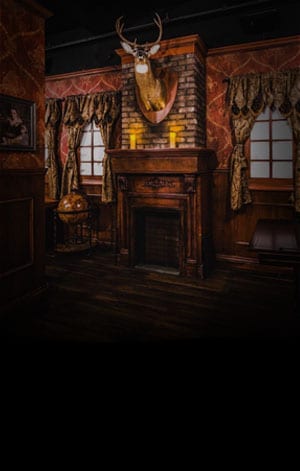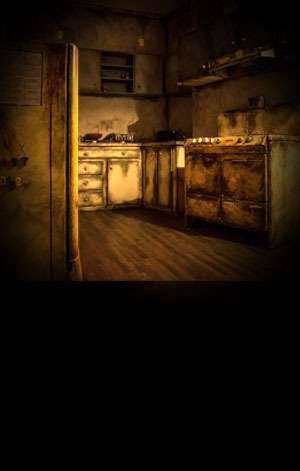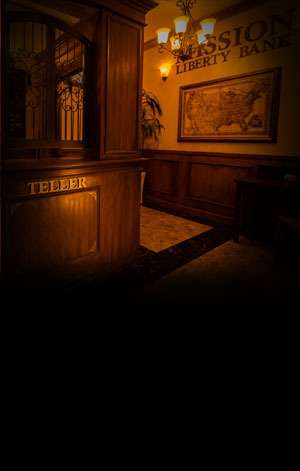Are there escape room Anaheim CA designed specifically for kids?
Are there escape room Anaheim CA designed specifically for kids?
Family outings in Anaheim have evolved beyond theme parks and playgrounds. Interactive puzzle adventures, often referred to as escape rooms, offer immersive experiences that blend storytelling, teamwork, and mental challenges. But are there escape room Anaheim CA designed specifically for kids? In recent years, many venues have recognized the unique needs of younger participants and adjusted their experiences accordingly. This article explores how Anaheim venues are creating kid-friendly escape rooms, the benefits they provide, and practical advice for planning a memorable adventure for families with children.
Age-Appropriate Themes and Storylines
One of the primary ways to make escape rooms suitable for kids is by tailoring themes and storylines to their interests and comprehension levels:
-
Simplified Narratives
Complex backstories with mature content can be daunting. Kid-centric adventures often feature straightforward quests—rescuing a lost puppy, finding hidden treasure, or solving a magical mystery. These clear goals help maintain engagement without overwhelming young minds. -
Vibrant Settings
Bright colors, friendly characters, and interactive props transform rooms into playful worlds. Imagine a pirate ship deck, a detective’s office with cartoonish evidence boards, or a wizard’s lab full of glowing potions. Such environments spark imagination and sustain focus. -
Character Guides
Some experiences incorporate animated or costumed hosts who guide children through the narrative. By providing hints in character, these guides maintain immersion while ensuring kids never feel stuck or frustrated.
Safety Measures and Supervision
Ensuring a safe environment is essential when catering to younger audiences:
-
Low-Intensity Puzzles
Physical challenges are minimized. No heavy lifting or complex mechanical devices—puzzles rely on observation, matching shapes, or simple code-solving, reducing risk and frustration. -
On-Site Facilitators
Trained staff monitor sessions from an adjacent control room. They can step in at any moment, offering discreet hints via intercom or visual cues. This continuous oversight reassures parents and keeps the experience flowing smoothly. -
Clear Emergency Exits
Rooms are equipped with clearly marked exit doors that can be opened from the inside at any time. Before the adventure begins, facilitators review safety procedures with all participants. -
Age Recommendations
Many kid-friendly rooms specify a minimum age (often 6–8 years old) and recommend accompaniment by an adult for younger children. Always check age guidelines when booking.
Educational Benefits of Escape Rooms for Kids
Beyond entertainment, escape rooms designed for kids foster valuable skills:
-
Critical Thinking
Children learn to analyze clues, recognize patterns, and connect pieces of information—transferable skills for school assignments and everyday problem-solving. -
Teamwork and Communication
Success hinges on collaboration. Kids practice articulating ideas, listening to peers, and agreeing on strategies, enhancing their social and emotional development. -
Creativity and Imagination
Immersive storylines encourage creative thinking. Whether deciphering a pirate’s treasure map or concocting a potion sequence, youngsters exercise inventiveness. -
Time Management
With sessions typically lasting 45–60 minutes, participants learn to allocate attention and prioritize tasks under time constraints, building organizational habits.
Engaging Games Available in Anaheim
Anaheim offers a diverse selection of games, with several tailored especially for younger players. Here are a few highlights:
-
Hydeout
A detective-themed adventure where players hunt for clues in a cluttered office. Tasks include matching fingerprints and arranging evidence boards, making it both accessible and thrilling for kids. -
Bank Heist
Teams work to crack a safe combination and retrieve hidden valuables. Simple numeric puzzles and visible locks keep challenges transparent and engaging. -
Darkest Hours
While primarily designed for older participants, this game can be adapted with milder lighting and extra hints, allowing families to experience a slightly spookier storyline in a controlled manner. -
End of Days
A futuristic narrative involving deactivating a mock doomsday device. Facilitators can adjust the difficulty by altering code lengths and providing step-by-step guidance.
When booking, inquire whether the venue can adjust puzzle difficulty or provide a host specifically trained to assist younger adventurers.
Tips for Planning a Kid-Friendly Escape Room Visit
Maximize enjoyment by following these practical suggestions:
-
Choose the Right Room
Confirm that the chosen game is labeled as family-friendly or appropriate for children. Look for age recommendations and puzzle difficulty ratings. -
Book During Off-Peak Hours
Weekday afternoons or early weekend slots often have fewer groups, giving kids more of the facilitators’ attention and a relaxed atmosphere. -
Assemble a Balanced Team
Combine energetic kids with patient adults or older siblings. Mixed-age teams ensure that puzzles remain challenging yet solvable. -
Communicate Expectations
Explain the premise and rules before entering. Let children know they can ask for hints at any time—this prevents frustration and keeps spirits high. -
Arrive Early
Plan to arrive 10–15 minutes before your slot. This buffer time allows for check-in, safety briefings, and bathroom breaks without eating into gameplay. -
Celebrate Achievements
Whether you “escape” or not, acknowledge the group’s effort. Take photos in themed backdrops or purchase small mementos to commemorate the experience.
Why Choose Us?
When selecting a family-oriented escape room in Anaheim, look for these qualities:
-
Experienced Facilitators
Teams who understand how to engage children and adapt puzzles on the fly ensure a smooth, enjoyable session. -
Flexible Difficulty Settings
The best venues offer modular puzzles that can be dialed up or down to suit your group’s age and experience level. -
Welcoming Environment
Warm, colorful lobby areas with seating, complimentary water, and themed décor set a positive tone before you even begin. -
Transparent Booking Process
Clear information on group size limits, age requirements, and play duration helps families plan confidently. -
Dedicated Family Rooms
Some venues maintain separate rooms exclusively for kids and parents, eliminating wait times and overlapping with adult-oriented games.
Conclusion
Kid-focused escape rooms in Anaheim bridge learning and play, offering an ideal alternative to traditional family activities. From simple treasure hunts to interactive detective mysteries, these adventures cultivate problem-solving, teamwork, and creativity in a safe, supervised setting. By choosing an age-appropriate theme, collaborating as a team, and preparing in advance, families can create lasting memories and celebrate collective achievements—whether they break out in time or simply relish the journey together.
Frequently Asked Questions
Q: Are there escape room Anaheim CA designed specifically for kids?
A: Yes. Many Anaheim venues offer family-friendly rooms with simplified puzzles, vibrant themes, and dedicated supervision to ensure younger players have an engaging and safe experience.
Q: What is the minimum age for most kid-friendly escape rooms?
A: Age guidelines vary, but most recommend a minimum of 6–8 years old. Parents may need to accompany younger children to provide assistance.
Q: Can puzzle difficulty be adjusted for younger participants?
A: Absolutely. Quality venues allow facilitators to provide extra hints or simplify code lengths, adapting the challenge level on the fly.
Q: How long does a typical family escape room session last?
A: Sessions generally run 45–60 minutes of gameplay, plus 10–15 minutes for briefing and debriefing, totaling around 75 minutes.
Q: What should families bring to a kid-friendly escape room?
A: Bring enthusiasm, comfortable shoes, and any items specified during booking (e.g., raffle tickets for themed prizes). Name tags or matching shirts can add fun and help facilitators address participants by name.








